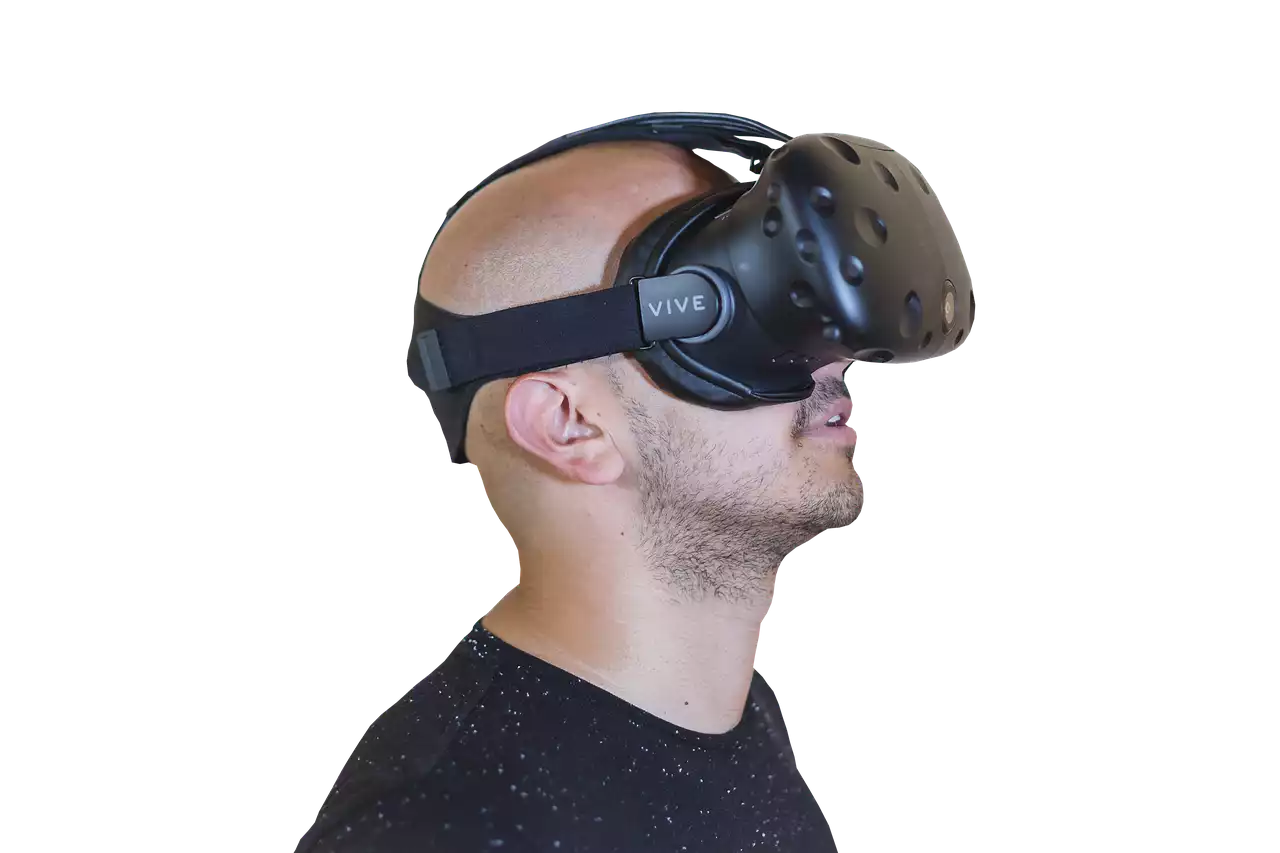The advent of 3D has been a watershed moment for the movie industry. While it has been around in some capacity for almost as long as cinema has, it was the availability of affordable and user-friendly technology in the early 2010s that prompted a revival of interest in three-dimensional films. With an ever-increasing number of consumers accessing content online, virtual reality (VR) and augmented reality (AR) technologies are also fast becoming more accessible to the public. In this article, we explore where 3D movies stand today and how they will continue to evolve moving forward.
What is 3D Cinema?
3D cinema or stereoscopic cinema is a cinematography technique that creates an illusion of depth in an image by two or more offset images that are fused. This can be achieved by several different methods. A 3D film is shot in stereo, meaning that two cameras simultaneously record different images from the same scene, each from a different point of view. Depending on the method used to create the stereoscopic image, it may be accompanied by an artificially created sense of depth known as visual perception by the brain (though the technologies are not related beyond the name). The most common method of producing 3D effects in movies is through the use of special glasses worn by the viewer, which have polarizing filters in each lens that let the left eye see only the image intended for it and block out light in all other directions, while the right eye sees only the image intended for it and blocks light coming from the left.
How does 3D cinema work?
To understand how 3D film works, it is helpful to think of a stereoscopic image as two side-by-side images photographed with a slight difference in the camera's angle. You look at the two images simultaneously, as if they were on a single piece of paper. When you place special glasses with two lenses in front of your eyes, each with a slightly different refractive index, you can see the two images superimposed on each other. When you shift your gaze from one image to the other, you can see how the scene is composed of two different parts. This is what allows you to perceive the 3D effect.
Benefits of 3D Cinema
The most obvious benefit of a 3D film is the sensation of presence in the scene. By combining the effect of a large screen with the viewer's sense of sight, a 3D movie delivers a much more immersive and engaging experience. This is particularly true for action and adventure films, where the viewer is more easily drawn into the scene and feels more invested in the progression of the plot. Another benefit is the potential for greater earnings for film studios. While the cost of producing 3D films is higher than filming with standard methods, the rise in ticket prices has more than compensated for this. Since the advent of 3D, the number of tickets sold has also increased significantly.
Drawbacks of 3D Cinema
While 3D cinema has been a significant success, there are also potential drawbacks to this technology. Firstly, some viewers are uncomfortable with the 3D effect, particularly if they are susceptible to motion sickness. One reason for this is the fact that the left and right eyes are taking in different images. With no indication that the images are not a single frame, your brain tries to make sense of this disparity. Additionally, some people may have a hard time adjusting their focus from the screen to the audience. This is exacerbated by the use of polarized glasses, which only let the wearer see one image at a time. The brightness of the screen can also cause eye strain.
Where is 3D Cinema Going?
Although the advent of 3D cinema has been a boon for the movie industry, there are concerns about its long-term potential. There are several indications that viewers are "growing out" of 3D cinema. One indicator is that there has been a significant drop in the demand for 3D IMAX tickets. The public's interest in 3D cinema may simply be a fad that is fading away, after which the industry may be forced to return to more traditional methods of film-making. Another possible scenario is that studios will re-concentrate their efforts on producing high-quality 2D films. This is especially true in light of the growing interest in VR and AR.
Virtual Reality in the Movie Industry
VR has already been used in some movies, such as the Imax VR rollercoaster experience. In these instances, viewers put on VR goggles and are immersed in the movie like they would be if they were there in real life. Such a virtual reality experience is more immersive than a traditional 3D film and can be particularly effective for horror and similar genres. As technology advances, we may see even more use of VR in the movie industry.
Unlike VR, AR does not completely immerse the viewer in an alternative world. In AR, virtual images are added to the viewer's actual surroundings in real-time. One very recent example is the Pokemon Go phenomenon, in which players were able to see virtual Pokemon characters overlaid on their real-life surroundings through special "augmented reality" glasses.


 Beyoncé's Unforgettable Triumph at the 2003 MTV Video Music Awards
Beyoncé's Unforgettable Triumph at the 2003 MTV Video Music Awards
 Classic Food and Wine Pairings Everyone Should Know
Classic Food and Wine Pairings Everyone Should Know
 All You Need to Know About Keeping Hamsters
All You Need to Know About Keeping Hamsters Modern Day Cinemas are 3D spectaculars
Modern Day Cinemas are 3D spectaculars Imax Cinemas are leading the Cinema Industry
Imax Cinemas are leading the Cinema Industry